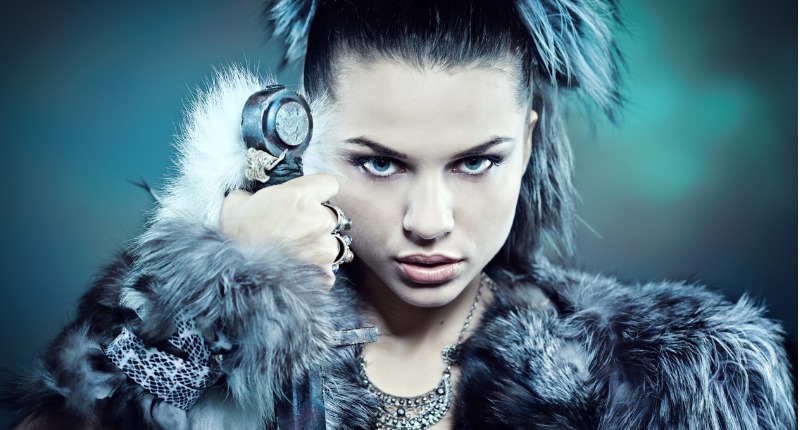When the remains of a buried Viking, long thought to be a man, were announced as belonging to a 10th century female warrior in 2017, some expressed skepticism. Or as one scientist put it, there was “unprecedented public debate.” But a study released in late February 2019 has verified the integrity of the tests that ruled the gender as being female.
The individual most definitely had XX chromosomes, scientists say who conducted a final round of tests. After extracting the 1,000-year-old warrior’s mitochondrial and nuclear DNA, the researchers found no traces of Y chromosome.
This Viking was buried with weapons and two horses, leading archaeologists on what is now known as the Swedish island of Bjorko to assume this was a male warrior who led others.
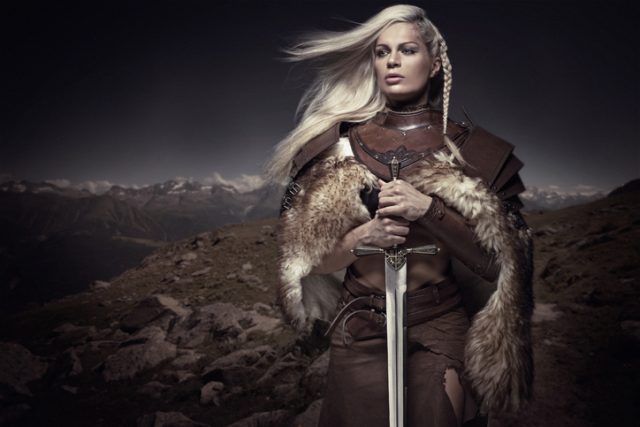
The original discovery was made in 1878 by archaeologist Hjalmar Stolpe in Birka, a Viking settlement that flourished from about 750 to 950. The Birka site was filled with several cemeteries containing thousands of human remains and artifacts.
This five-foot-six-inch body was buried in an underground wooden chamber, dressed in Eurasian steppe-style clothing. “The remains of a mare and a stallion, their legs tucked under them, rested at one end of the chamber,” according to Live Science.
“Sharp weapons surrounded the deceased: a sheathed sword, an axe, a fighting knife, two spears, two shields, a quiver of 25 armor-piercing arrows and a small iron knife.”
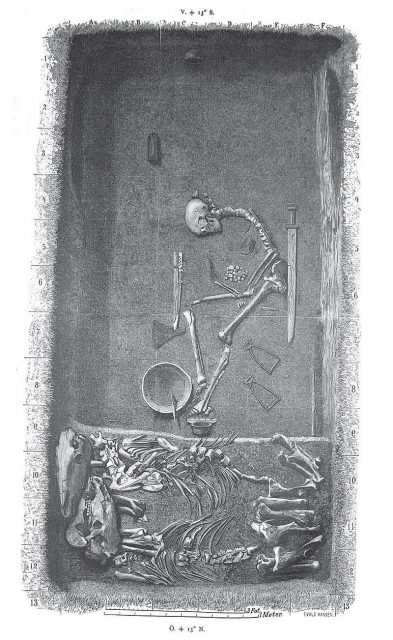
In the journal Antiquity, the researchers responded to critics of the 2017 report, saying that they analyzed the correct skeleton and only one set of human remains were in the grave.
Related Video: 10 Viking Wrods that have Invaded our Language:
https://youtu.be/TchiY6MSjm8
“The simple and secure conclusion is that we have the right individual, who was buried alone, and that this person has been proven to be biologically female,” they explained.
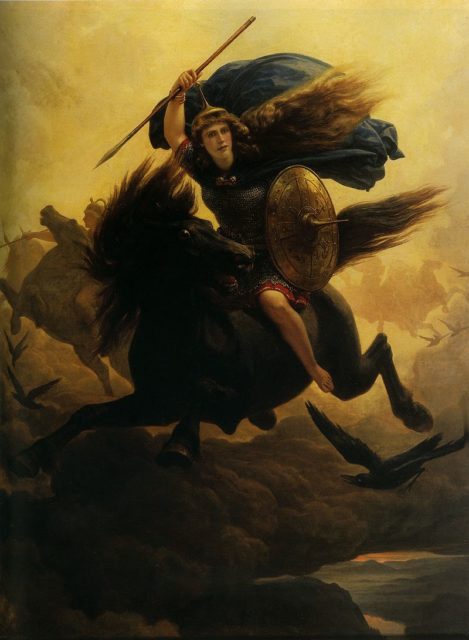
The original archaeologist, Stolpe, assumed that a grave filled with so many weapons, and absent of any female-associated artifacts (such as jewelry or weaving equipment), belonged to a man. But in the 1970s, scientists examining the bones began to theorize that the buried Viking was a woman.
“The warrior woman has long been part of the Viking image, with a pedigree that extends from the Valkyries of Old Norse prose and poetry to modern media entertainment,” wrote the study authors in Antiquity. “Until recently, however, actual Viking Age evidence for such individuals has been sparse.”
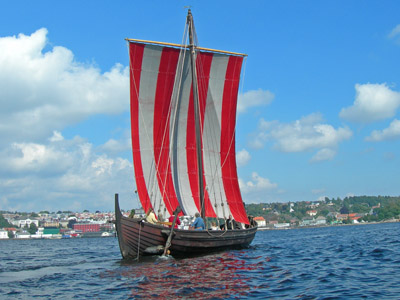
A new understanding is forming of gender and military leadership in the Viking age. “It’s actually a woman, somewhere over the age of 30 and fairly tall too, measuring around 170 centimeters [5 feet 6 inches],” Charlotte Hedenstierna-Jonson, an archaeologist at Uppsala University, told The Local.
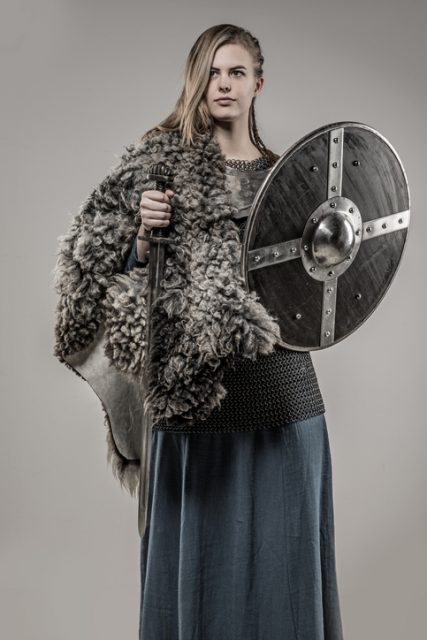
“Aside from the complete warrior equipment buried along with her – a sword, an axe, a spear, armour-piercing arrows, a battle knife, shields, and two horses – she had a board game in her lap, or more of a war-planning game used to try out battle tactics and strategies, which indicates she was a powerful military leader,” she said. “She’d most likely planned, led and taken part in battles.”
There is a reason to believe other women led military groups and were honored in this way, despite the modern skepticism and backlash. Some doubters said the scientists made a mistake and there was more than one body buried. There were even accusations that this Viking was a transgender and the scientists got it wrong.
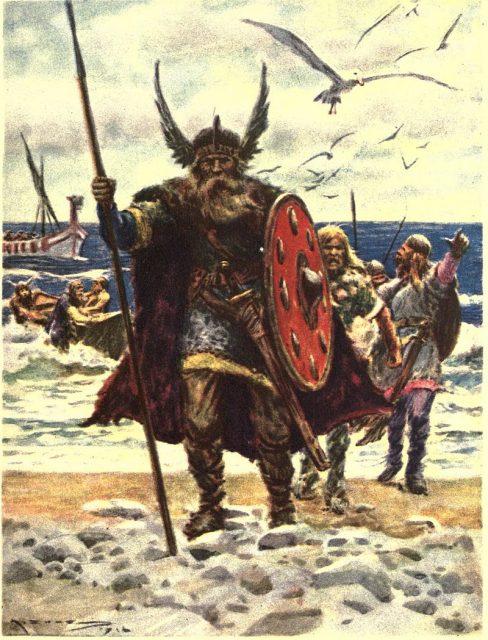
The original 2017 researchers said, “In the weeks following the online publication of our article, the research was covered by more than 130 international news agencies, and was discussed across some 2,200 individual online accounts, accessed by millions of followers.”
Read another story from us: Five of the Greatest Viking Champions
“Altmetric ranked our article as the forty-third most frequently accessed scientific paper of some 2.2 million published globally during 2017, and placed it at 265 of the 11.7 million outputs ever scored by them (as of early September 2018).”
“This level of interest took us by surprise and raises the important question: why did this one single grave generate such global attention?”
Some say the warrior was misidentified as biologically male based on past archaeologists’ assignment of gender on the basis of a grave’s contents. Now scientists use DNA and bone analysis.
